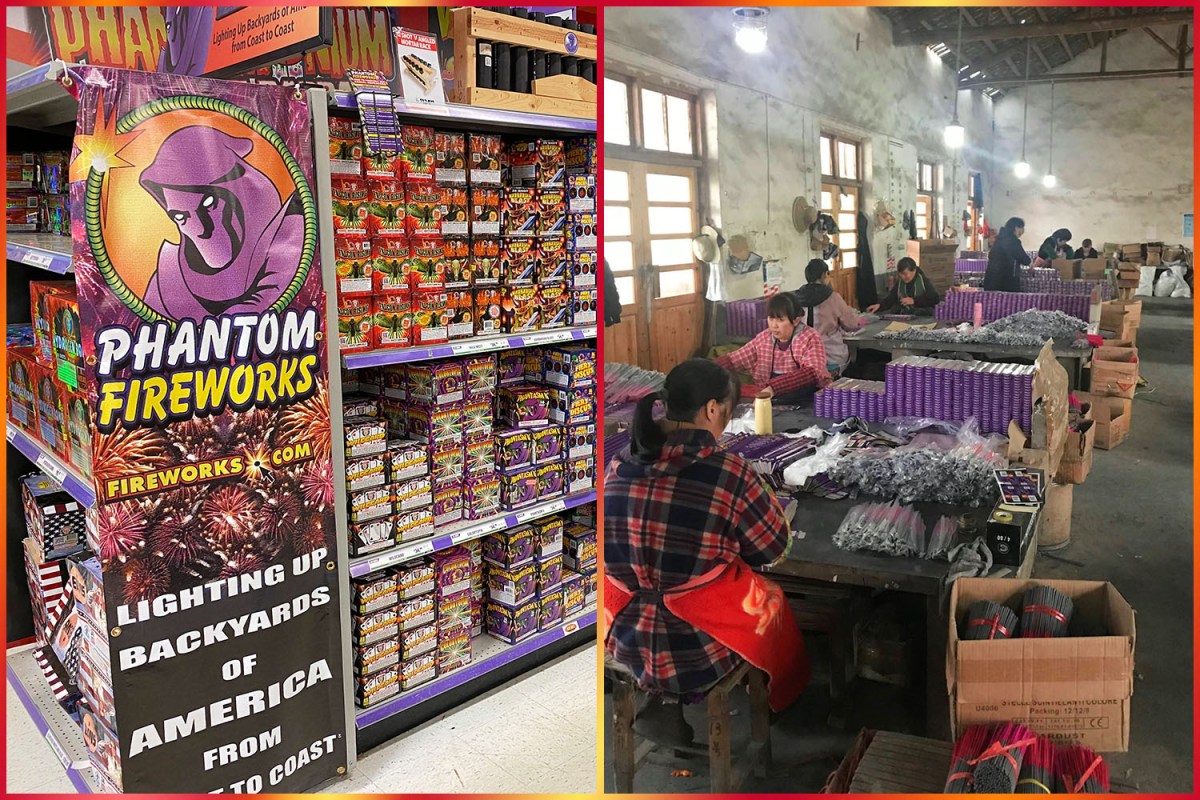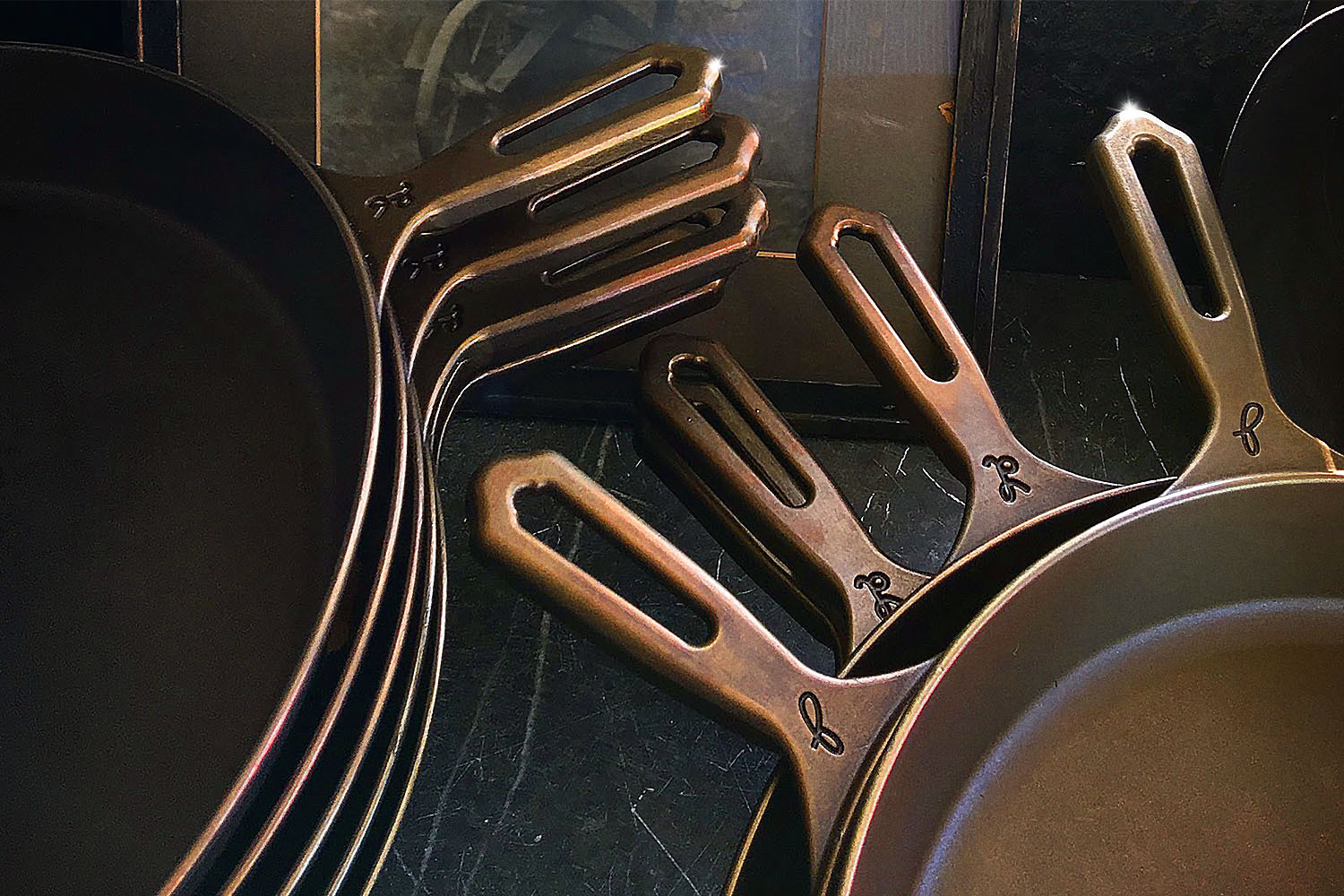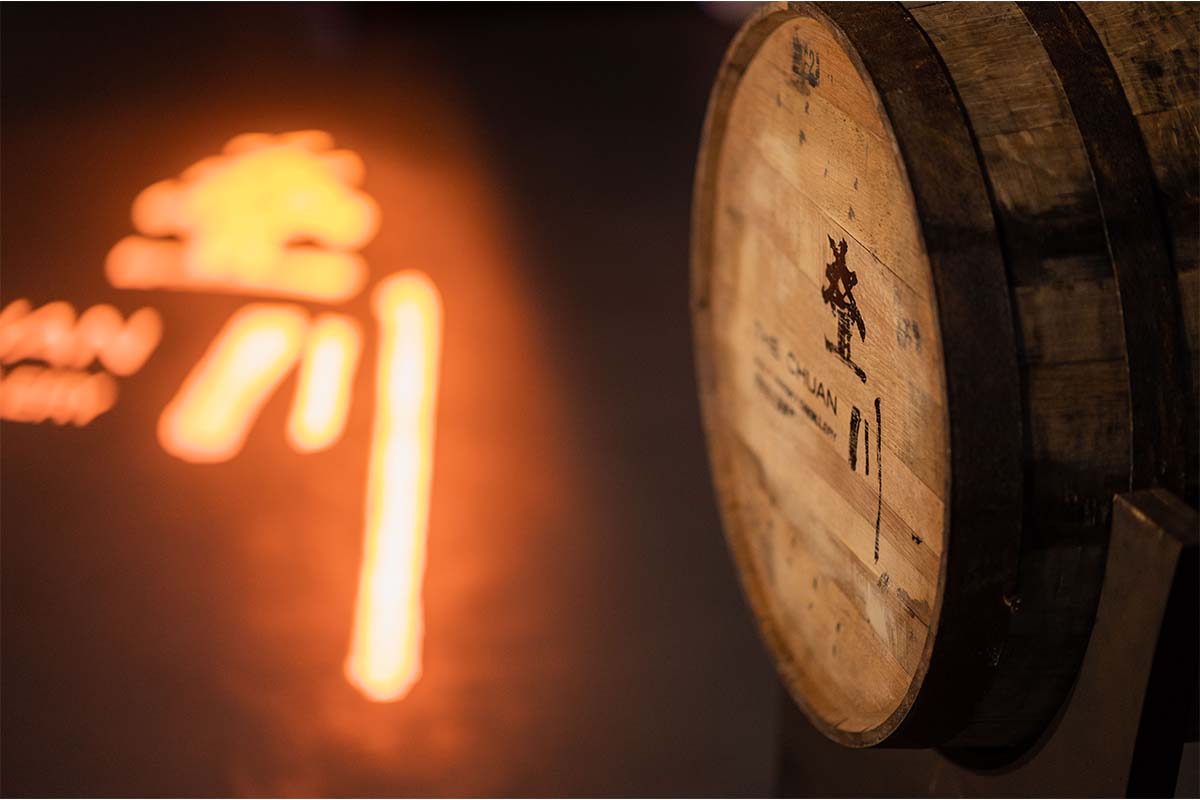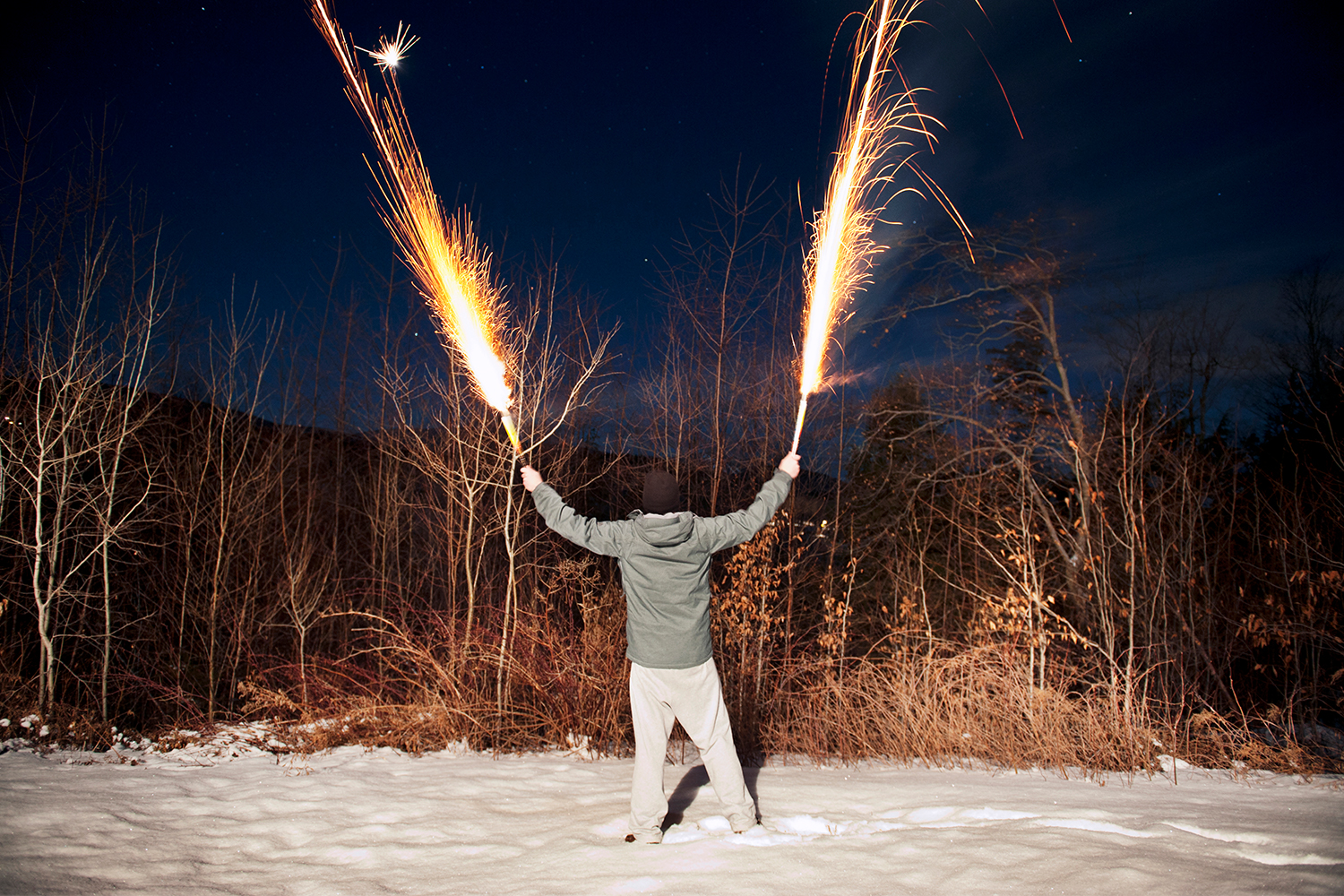When you go to light off your stockpile of fireworks this Fourth of July weekend, take an extra moment to consider where those mortars, firecrackers and Roman candles came from. No, we’re not talking about the pimply teen who sold you the 36-shot Gallantly Streaming aerial repeater with the waving American flag on the box. We’re talking about the little-known Chinese factories where the overwhelming majority of consumer fireworks are made.
“You don’t know until you know,” says Jessi Dragoiu, talking about China’s historic pyrotechnic industry, which many Americans are blissfully unaware of. “I had no idea until I’m there watching it. It’s so eye-opening.”
Dragoiu is the purchasing and product development manager for Phantom Fireworks, one of the largest retailers of its kind in the U.S. After getting her start at the company right out of high school in 2006, as a cashier at one of their 80 permanent showrooms, she eventually got her masters in international business, went to the corporate side of things in 2012, and has now been to China about 17 times to oversee the long journey their fireworks make from rural factories to households across America.
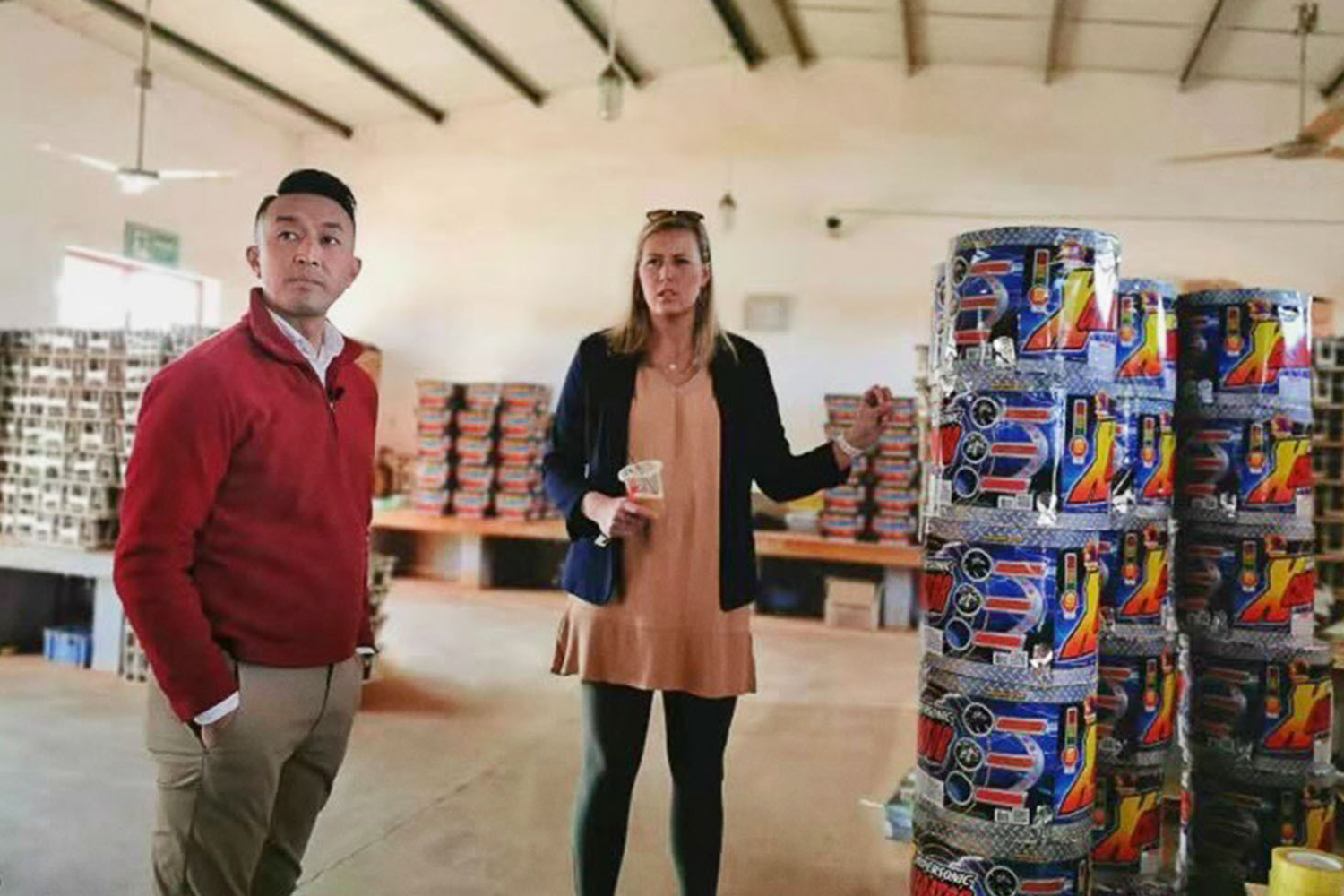
The “Pure Insanity” of the Fireworks Business
During the pandemic years, that journey has proved particularly arduous. As Dragoiu puts it, “This business is pure insanity.”
It started with the unexpected boom in customers in the summer of 2020 when homebound Americans were looking for an outlet with the extra cash they weren’t spending on normal holiday travel and entertainment. “We have a massive warehouse in Warren, Ohio, that was completely empty,” she says of the aftermath. “It’s a million-square-foot warehouse, so it’s not small.” Refilling shelves for Independence Day 2021 proved difficult, but there were record sales again nonetheless. This year, inventory is back across the board, but shipping prices have skyrocketed; and remember, they’re dealing with products designed to explode.
“In March of 2020, to ship a container of hazardous material that we have — 1.4G consumer fireworks — was $10,000 a freight,” she explains. “Today, right now, it’s $40,000 a freight.”
The increased prices are so far not deterring pyro-heads or more casual buyers of sparklers, snaps and smoke bombs. Dragoiu, calling from a Phantom Fireworks store in Shrewsbury, Pennsylvania, says the 10 day stretch before the Fourth is “like a faucet that is off and turns on full blast.” She even pauses the interview for a second to deal with a customer she spots smoking near the store, which seems like a no-brainer no-no.
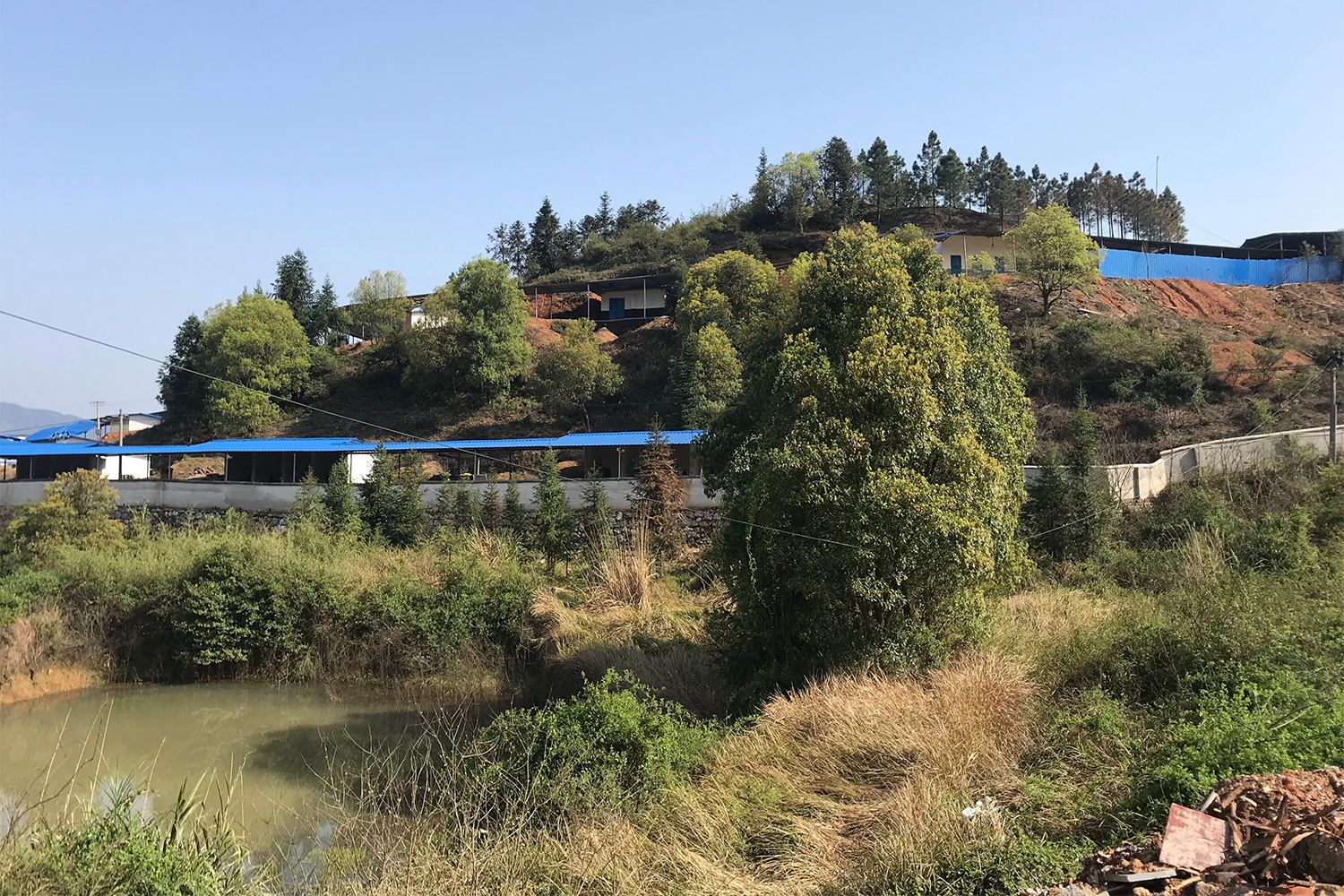
Another fallout from the pandemic is that she hasn’t been back to China to visit their fireworks suppliers since December 2019. Normally, she’ll visit factories — most are located in the Jiangxi and Hunan provinces — to check in on production and see what new effects and fireworks styles they’re cooking up.
“In normal years we go over to China and we sit down for a week and we shoot hundreds of new items and we narrow it down to however many we think fit well, anywhere from 15 to 40, and start adding it to our line,” she says.
Think of the company towns in the U.S. that have sprung up over the years around a single industry: textile towns, oil towns, meat-packing towns. In China, they have fireworks towns. But unlike the Amazon-ification of American manufacturing, where tasks are increasingly taken over by automation, machines and robot-assisted assembly lines, China’s fireworks producers are still making most things by hand.
“It’s this bazillion-step process and literally all handmade,” Dragoiu explains, with a noticeable reverence in her voice. “The only things that you’ll see there that are machine-made are maybe the cardboard tubes, but the actual fireworks effects, that’s all by hand.” And because there are limits on how much explosive material can be in one room in these factories at a given time, the layout is more concerned with safety than streamlining, with every small step in the process taking place in a different area.
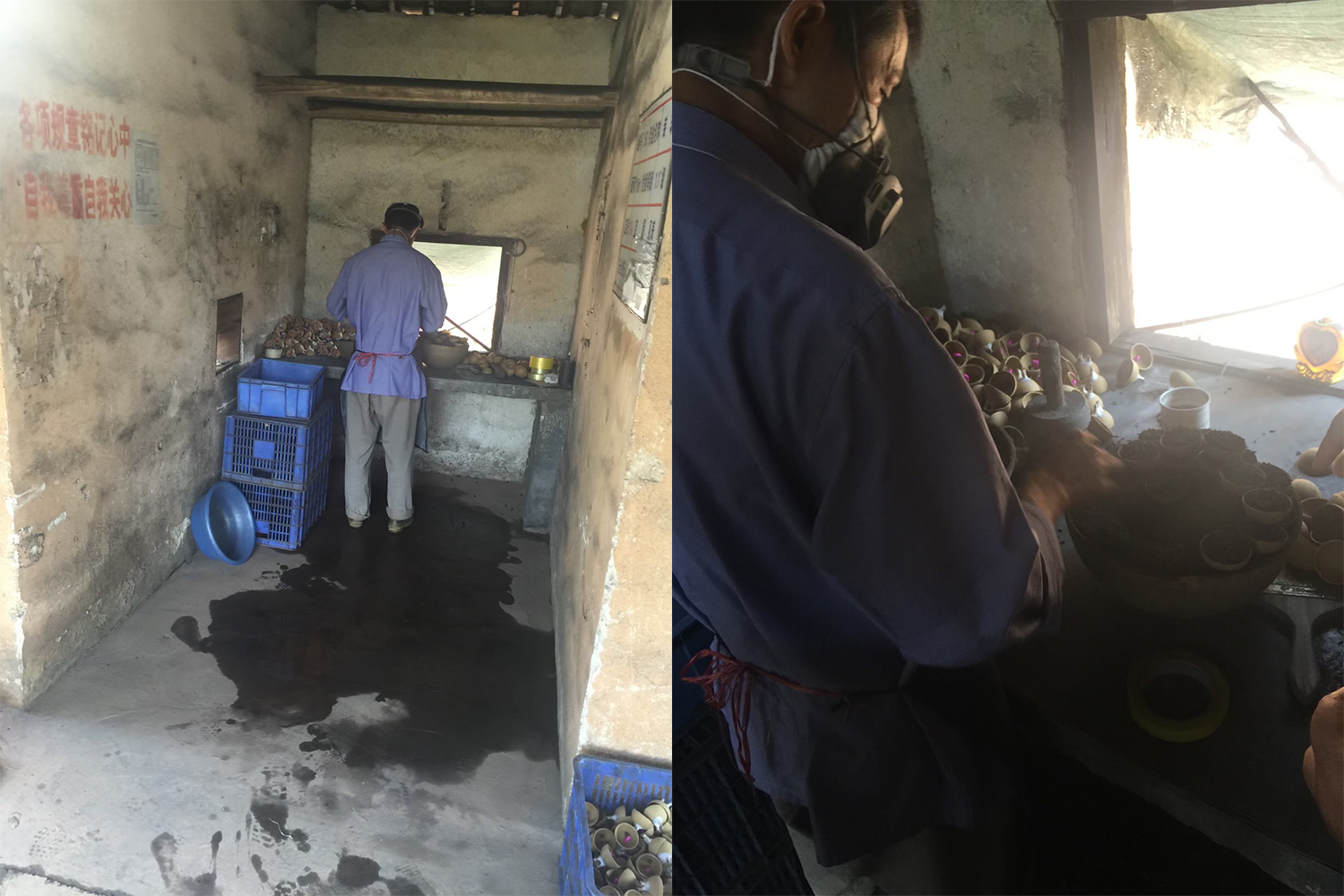
How an Aerial Repeater Is (Hand) Made
The method of making a typical aerial repeater — those boxes with a grid of tubes that shoot fireworks into the sky — looks something like this:
First, it starts with the all-powerful technician. “Every one of these factories in China has a technician,” Dragoiu says. “They’re the genius behind the items that they produce.” They map out what the repeater is going to be, then hand mix the chemicals into “stars” and all the compositions needed to create the effects. “It’s not something that you go to school for, it’s passed on generation to generation, or you learn it from somebody else, which is so insane about this industry,” she adds. “There’s not a handbook for having a fireworks factory, they’ve just always had fireworks factories.”
Once the chemicals are mixed and packaged, they’re wheelbarrowed into another room where they’re inserted into cardboard tubes. In the next area, those tubes are glued together in the exact sequence in which they’ll fire, and holes are poked in the cardboard where the fuse will connect them all. After that, another group of workers cuts the fuse and connects it to the bottom of the tubes where you’ll find the lifting charge. (“When that’s ignited it pushes the shell up into the air out of that tube,” she says, “and then there’s a break charge that will break open.”) Once assembled, these many-headed shooters are put into cardboard boxes and eye-catching artwork from the company they’re supplying to is glued on.
Then it’s outside to dry with the boxes, so there’s no moisture when it’s packed up to ship. Eventually, they’re sent to a warehouse before being loaded into a shipping container bound for the U.S.
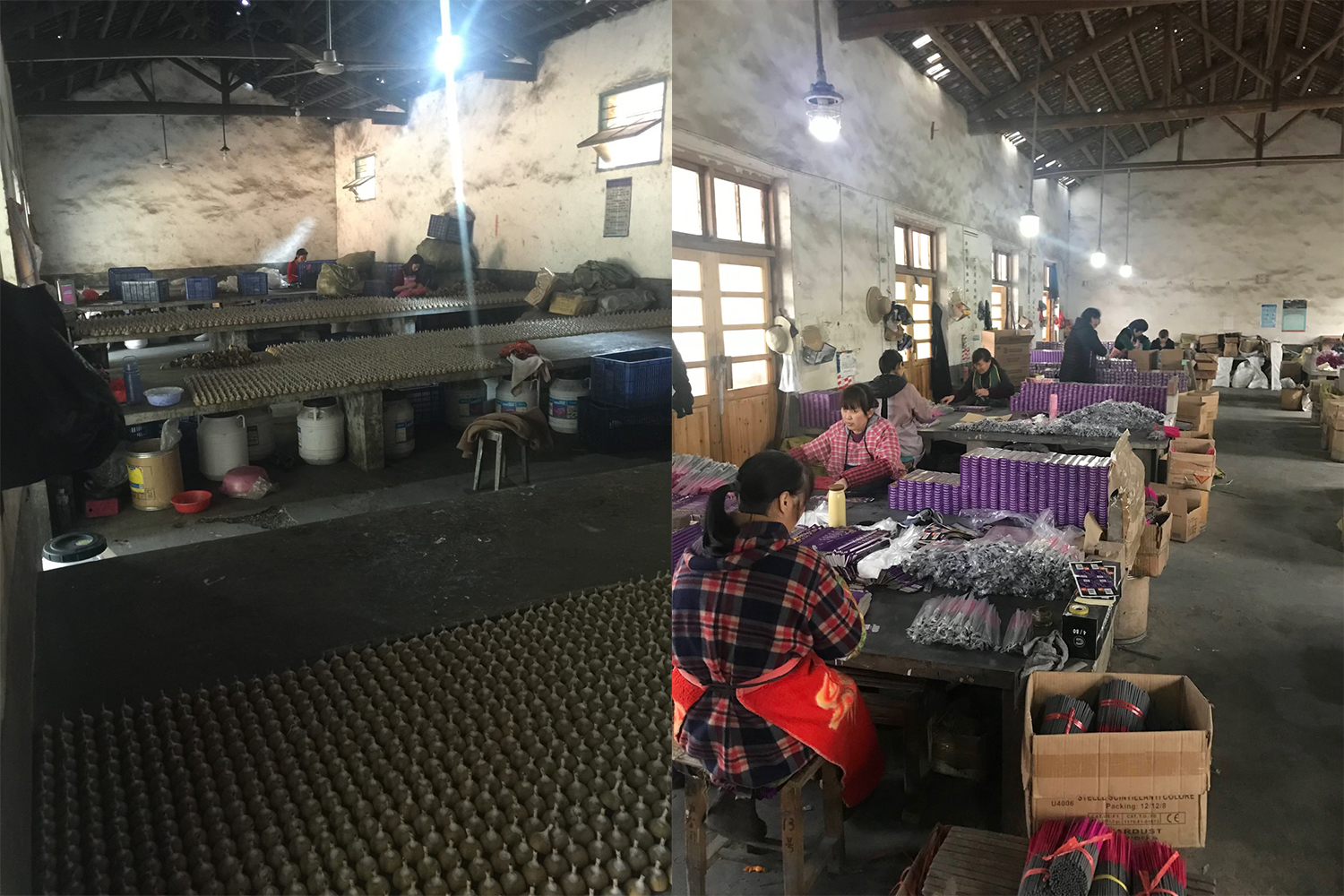
“I’m always in awe,” says Dragoiu. “Maybe someday, if I’ve been in the industry for 40 years, it’ll start to wear off, but it just hasn’t worn off yet. It’s still exciting to me…. When you see this production and then these go in these containers and they come over and then they light off and they do exactly what they’re supposed to and they’re all made by hand in China, I think it adds an awe factor for me, you know?”
Despite the long-standing history of China’s handmade fireworks industry, the 21st century is catching up with the trade. As Dragoiu notes, some items are being made by machines these days, like the little snaps that pop when you throw them on the ground. Firecrackers are headed that way, too, as they’re incredibly labor-intensive to make by hand while earning factories a pittance compared to hundred-dollar aerial repeaters. Then there’s the fact that many young people in China would rather work at Apple factories building parts for iPhones than make truckloads of Bazinga Blast.
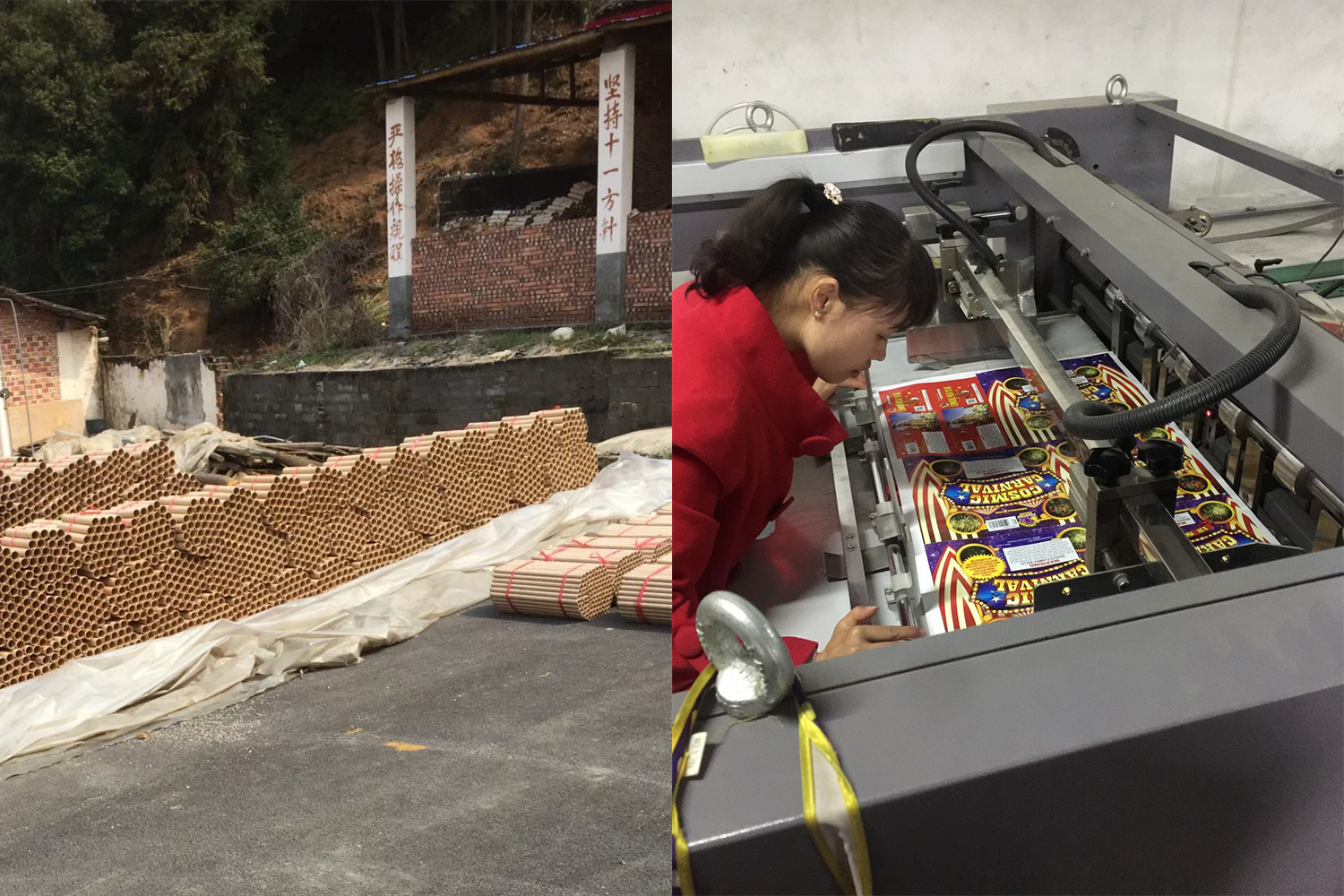
For Dragoiu, though, she’s not getting out of the fireworks hustle anytime soon, despite the pure insanity — and the fact that she has to work on every single Fourth of July. She usually celebrates the holiday the weekend after with her family. And yes, she’s still as excited as ever to light off her favorites (which, by the way, are Legion of Fire and Fortress of Fire).
After all, she has to keep her fireworks skills up to snuff for the next time she goes to China and previews all the rockets, missiles and mortars you’ll be lighting off when Independence Day rolls around next year.
This article was featured in the InsideHook newsletter. Sign up now.
